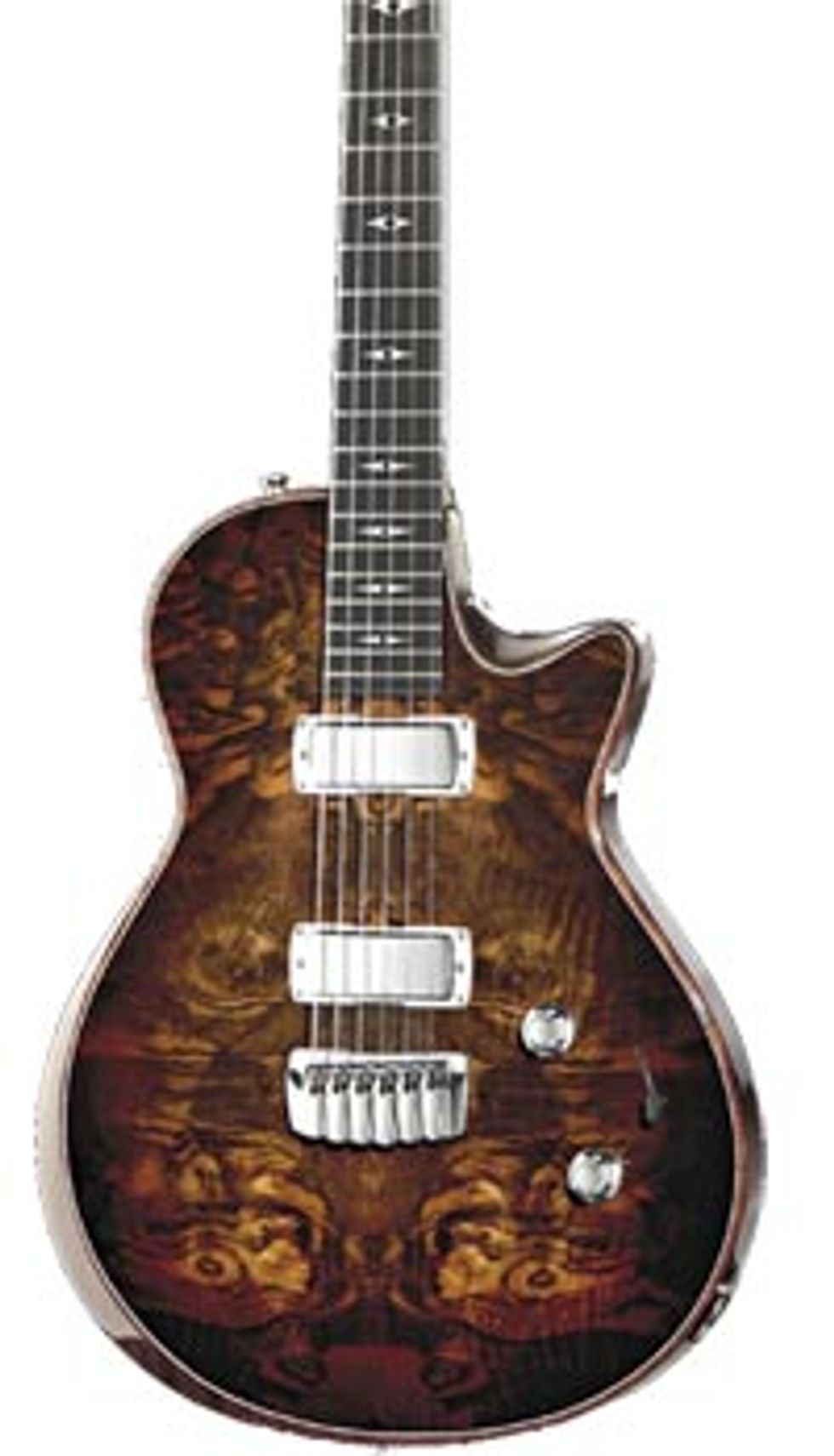 When I first came to Premier Guitar, my editor asked me what I would like to review. Since it was really my first assignment, I figured I’d shoot for the moon: Taylor had just unveiled their new line of electric guitars, and I was itching to get my hands on them. Before I knew it, Taylor had four guitars shipped to my doorstep – a Custom with koa top, a Custom with walnut top, a Standard with a figured ash top and a Classic with a translucent red finish. The phrase “ask and you shall receive” suddenly took on much more meaning.
When I first came to Premier Guitar, my editor asked me what I would like to review. Since it was really my first assignment, I figured I’d shoot for the moon: Taylor had just unveiled their new line of electric guitars, and I was itching to get my hands on them. Before I knew it, Taylor had four guitars shipped to my doorstep – a Custom with koa top, a Custom with walnut top, a Standard with a figured ash top and a Classic with a translucent red finish. The phrase “ask and you shall receive” suddenly took on much more meaning. Beginnings
According to Taylor, the SolidBody electrics originated because of a set of extraordinary pickups. One of Taylor’s senior product developers, David Hosler, became an expert on magnetics, steeping himself in the history of magnetic pickups while working with Mr. Rupert Neve on the Expression System pickup. Knowledge that Hosler gained during the Expression System project led to the development of Taylor’s T5 electric/acoustic hybrid, and the company crossed the threshold into the electric world.
Hosler continued to hone his pickup designs, working towards a new, more “electric” iteration of the T5, featuring a metal bridge. But the new generation of pickups he developed had a unique sonic personality that made a strong case for a different type of guitar altogether. Bob Taylor agreed. “This pickup clearly told us the guitar was going to be a solidbody. It changed that minute.” According to Taylor’s Brian Swerdfeger, the secret of the pickups lies in the polarity patterns created by breaking the rules of magnetic pickup design. And while we don’t have the space available to delve into the ins and outs of Taylor’s new pickup design, we can discuss their unorthodox electronic configuration.
All of the Taylor electrics share the same electronics package, featuring a Volume control, Tone control and a switch.
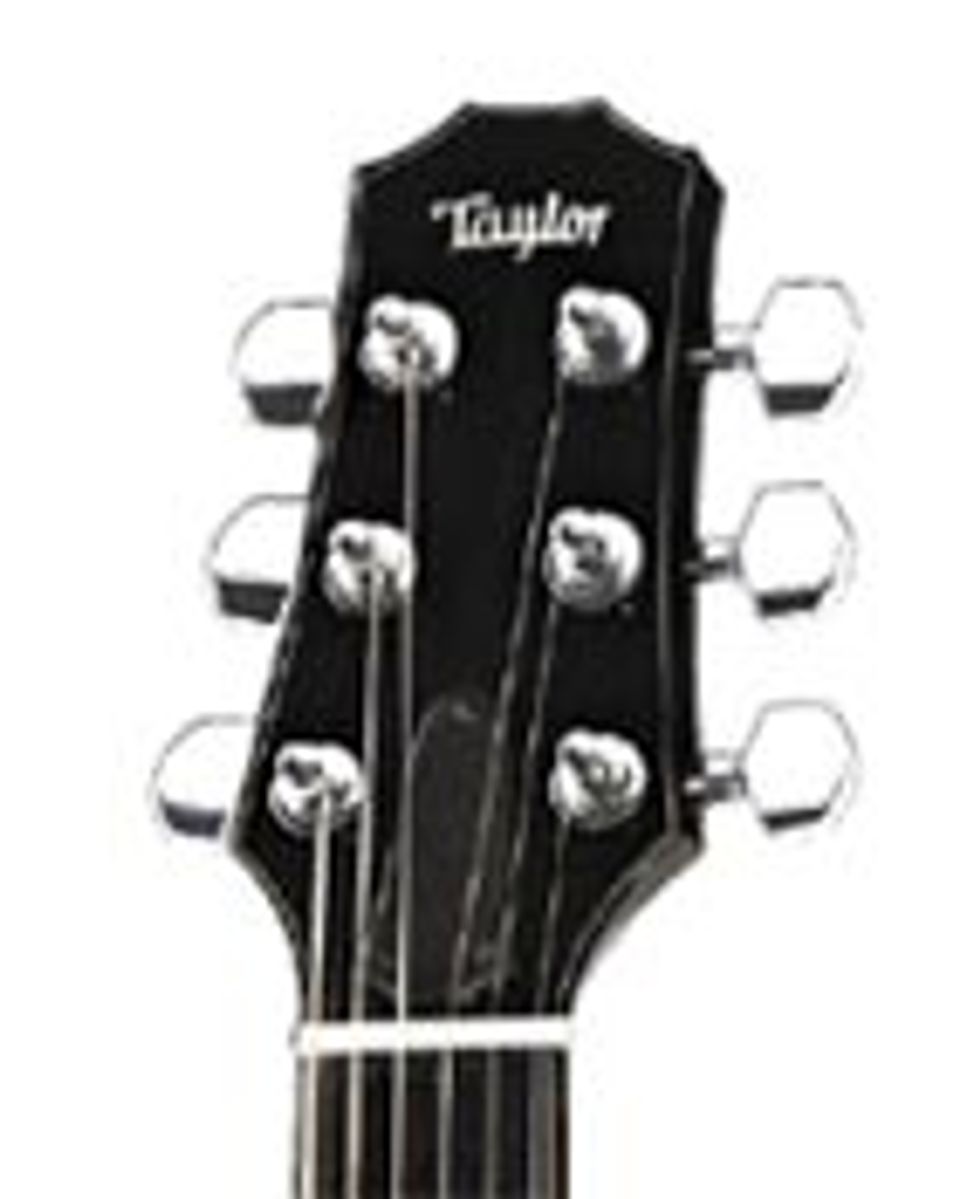 The Classic and Custom models come equipped with 3/4-sized Style 1 humbuckers, while the Standard packs in the larger, uncovered Style 2 variety. Both styles promise to merge the worlds of vintage tonality and modern power into one unit, and they do the job respectfully well. Everything seems copasetic until you realize that the switch is in fact of the 5-way variety, controlling only two humbuckers. While it would be easy to enter gimmick territory here, Taylor has wisely designed the pickup coils to be arranged in some innovative ways.
The Classic and Custom models come equipped with 3/4-sized Style 1 humbuckers, while the Standard packs in the larger, uncovered Style 2 variety. Both styles promise to merge the worlds of vintage tonality and modern power into one unit, and they do the job respectfully well. Everything seems copasetic until you realize that the switch is in fact of the 5-way variety, controlling only two humbuckers. While it would be easy to enter gimmick territory here, Taylor has wisely designed the pickup coils to be arranged in some innovative ways. The switch is familiar enough, with the outside positions activating the neck and bridge buckers, respectively. Switching to the second position activates the inside coils of the neck and bridge pickups in parallel for a skinny, funky sound. The middle position gives you the full neck pickup with the inside coil of the bridge pickup, giving you the ability to drive your amp harder for that extra crunch – think of it as a little edge. The fourth position activates the inside coil of each humbucker in series, producing a “superwide” humbucker tone that you likely won’t find anywhere else – it reminded me of the warmth and clarity of a Gretsch Country Gentleman.
"The bodies are thin, about the depth of a SG, and feel great in your hands. Taylor calls the look of these modern-retro..."
Plugging into my Fender Princeton Reverb, I found the tone to be more robust and a little livelier than my other guitars. There was more sustain behind the notes, which in turn led to better note selection. The bridge pickup was strong and well rounded, with the aforementioned edge (but not too much). It felt like the pickup had high-power, but was also hi-fi. Over the past couple of years, I have been tuning down a half step for live performances, as it creates a wider, fatter sound – these pickups produced that kind of richness at a regular pitch.
Even the Tone control – one of those instrument stalwarts that never gets any love – received some design attention from Taylor. The control works as normal up to 3/4 of the taper, where it begins adding more high-mids into your tone until you open it all the way up. It gave me the option of playing sweeter tones, or getting a little snarly, in each of the positions. The contoured design of the knobs and placement on all of the guitars was comfortable – the knobs were within reach, but not so close that I hit them while strumming. I attached some of the enclosed rubber O-rings to my volume pot and found it to be very useful for simulating steel guitar licks through volume swells. The pots had a very smooth taper to them.
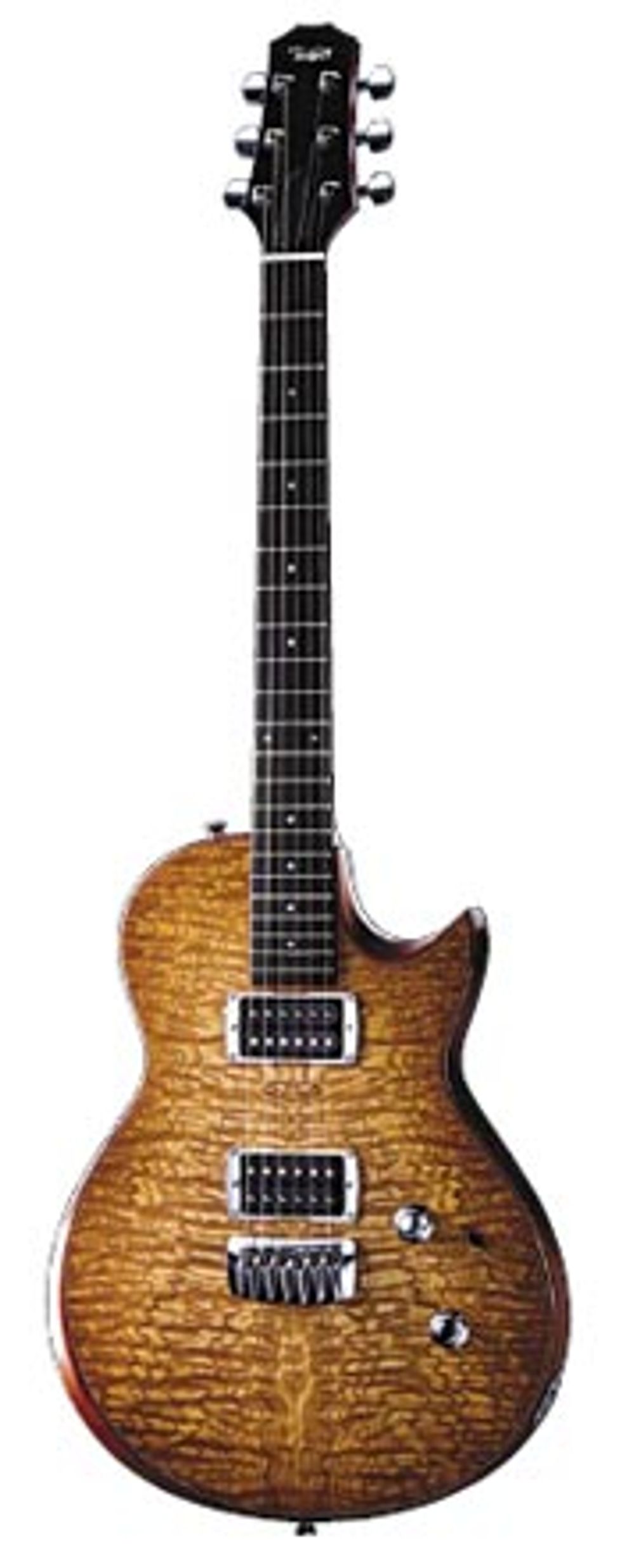 Of course, if the electronics were the only thing noteworthy here, this would be a much shorter review. As the Taylor crew set about creating its own unique take on the electric guitar, one of the next stops was the bridge. The development team took Bob Taylor’s instructions to make the bridge feel like, “an expensive watchband,” and came back with this slick design.
Of course, if the electronics were the only thing noteworthy here, this would be a much shorter review. As the Taylor crew set about creating its own unique take on the electric guitar, one of the next stops was the bridge. The development team took Bob Taylor’s instructions to make the bridge feel like, “an expensive watchband,” and came back with this slick design. Taylor’s new aluminum bridge actually clamps or sandwiches the body between the top of the bridge and the bottom plate, facilitating more transfer of vibration to the body. There are actually three parts to this design: the stoptail that holds the saddles, a bezel that the stoptail sits in on top of the guitar and the locking plate, which secures the bridge to the body of the guitar from underneath, all in the name of keeping the appearance sleek and refined. The string height adjustments are handled from the back of the guitar, via a bridge height adjustment. The intonation is also set from the back of the bridge; as an added, and perhaps unconsidered bonus, there’s no need to worry about corrosion of set screws. These saddles also feature a custom break angle for maximum transfer of vibration from the strings.
I wanted to set up the Standard that was sent to me for a slide guitar session, and I accomplished this in short order, although not in an effortless fashion. The design from underneath was bit confusing at first and I did not have the correct tools. This was remedied by a quick call to Glen Wolff at the Taylor service department; I quickly received a set of step-by-step instructions and tools, which Taylor informs us are now shipped with each guitar.
The Body Electric
Even the SolidBody neck has gotten into the innovation game. Taylor has put significant effort into creating some of the sturdiest, most consistent necks around. The headstocks of the guitars are actually cut from the same board as the shaft, milled and then glued back together in the neck assembly process, producing a good break angle for the strings as they pass over the nut. Taylor’s CNC milling process saves wood, and the company gets three necks from the same billet of mahogany where it once got two. The neck pocket is Taylor’s T-Lock system (originally introduced on the T5), a single-bolt joint that ensures perfect alignment and stability. It also allows for quick neck angle adjustments, using custom-designed shims from Taylor – something that techs and setup tweakers will truly appreciate. The T-Lock is so effective with one bolt that Taylor has been able to eliminate the pronounced neck heel, providing unfettered access to the upper frets.
The necks themselves were a little thinner and flatter on the back side of the neck, and wider than any of my other guitars – it may be a bit of an exaggeration, but the phrase “sexed-up classical” kept running through my head while I played it. For those concrete, analytical folks out there, the neck has 22 frets, a 15” radius and a nut width of 1.6875”. The scale lengths for all of the guitars is 24.875”, putting it between the Big Two and giving the strings a nice tension – I was easily pulling off Jerry Donahue double stops without any problems.
Looking at the guitar as a whole, there''s a curvaceousness that surrounds the SolidBody. The bodies are thin, about the depth of a SG, and feel great in your hands. Taylor calls the look of these “modern-retro” and I suppose it fits – they remind me of an early-seventies Gibson Marauder, brought kicking and screaming into the new millennium.
The Classic model is a true solidbody, lacking the chambers of its higher-line brethren and made out of swamp ash. It remains fairly utilitarian; the crushed pearl pickguard was the only real appointment here, and weighing in at 9.2 pounds it was the heaviest of the group. That’s not to say that it’s a less appealing guitar – it has all of the design perks as Standard and the Custom – but instead that it’s just slightly more subdued than the rest.
The Standard shipped with a gorgeous, figured Tamo ash top inset into the sapele body and surrounded by ivoroid bindings. The Standard makes use of Taylor’s inset building techniques, setting a thin slice of exotic wood into the top of the guitar. This keeps builders from having to locate a thick slab of exotic wood (such as the Custom’s fabulous walnut burl), both keeping prices down and saving a few trees in the process. It keeps everything smooth and integrated, and avoids the hard edges that plague other solidbody electrics. Weighing in at 8.2 pounds, the Standard’s chambered design creates a bloom and sustain missing from the Classic, which reacts much more like a bolt-on solidbody. The open coil humbuckers give the Standard the feeling of a sleeper muscle car dying to find a fast Friday night match race.
I’d like to congratulate the design team at Taylor for having the marbles to try something new. While there’s still room for refinement in spots, the overall playability and design of these guitars are top-notch. They are premium solidbody electric guitars from a company who has redefined the acoustic world, and I have no problem getting behind that.
Buy if...
you want a different tonal palette in an innovative package.
Skip if...
you''re searching for Strat tones.
Rating...
Classic MSRP $1748 Standard MSRP $2398 Custom Walnut MSRP $3098 Custom Koa MSRP $3798 - Company Name Taylor Guitars- taylorguitars.com |
Our expert has stated their case, now we want to hear yours. Share your comments and ratings below.



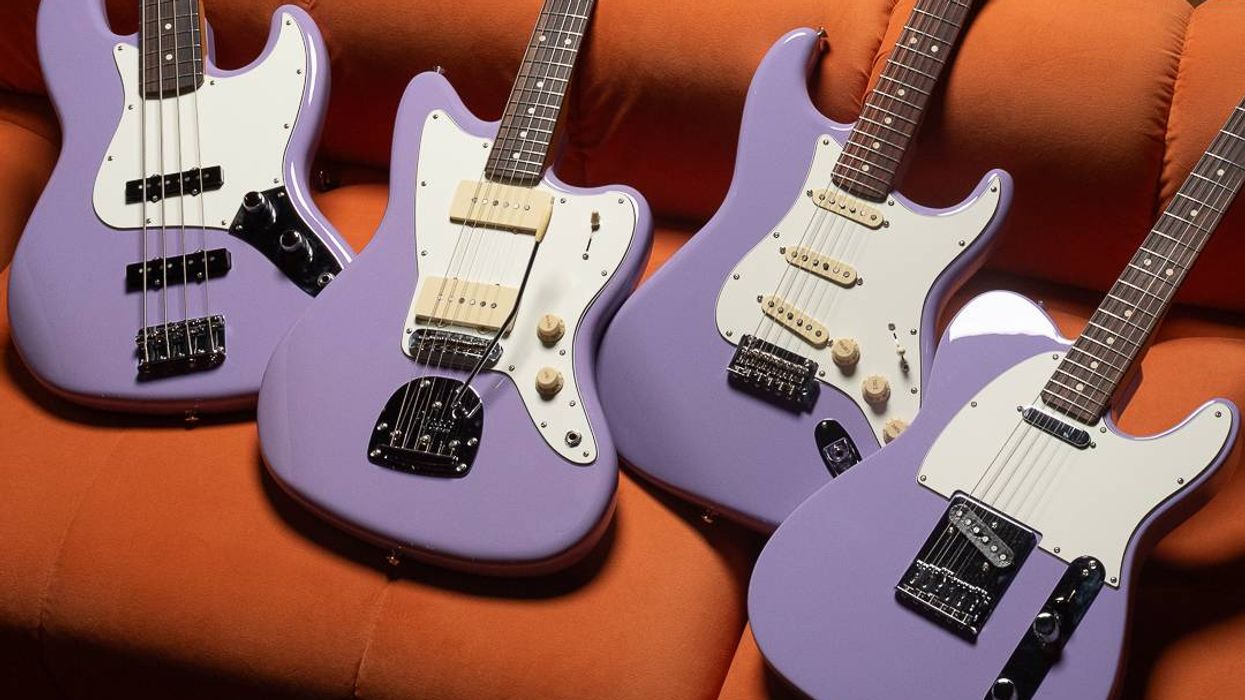

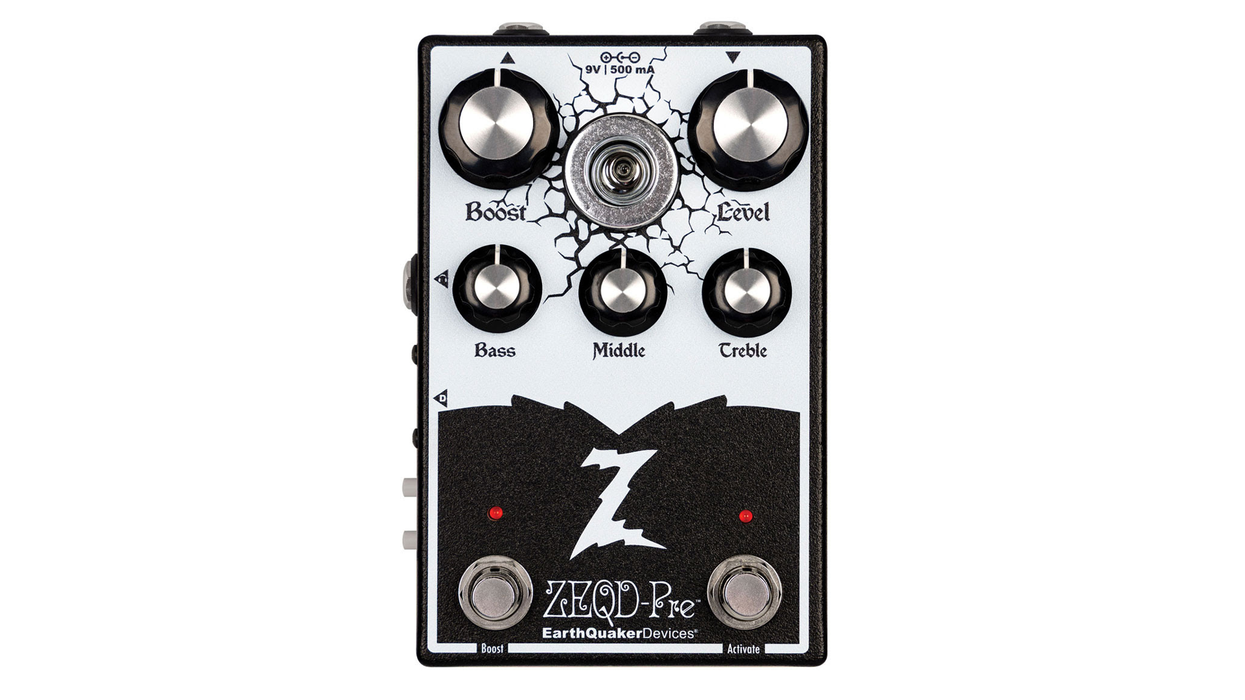
![Rig Rundown: John 5 [2026]](https://www.premierguitar.com/media-library/youtube.jpg?id=62681883&width=1245&height=700&quality=70&coordinates=0%2C45%2C0%2C45)
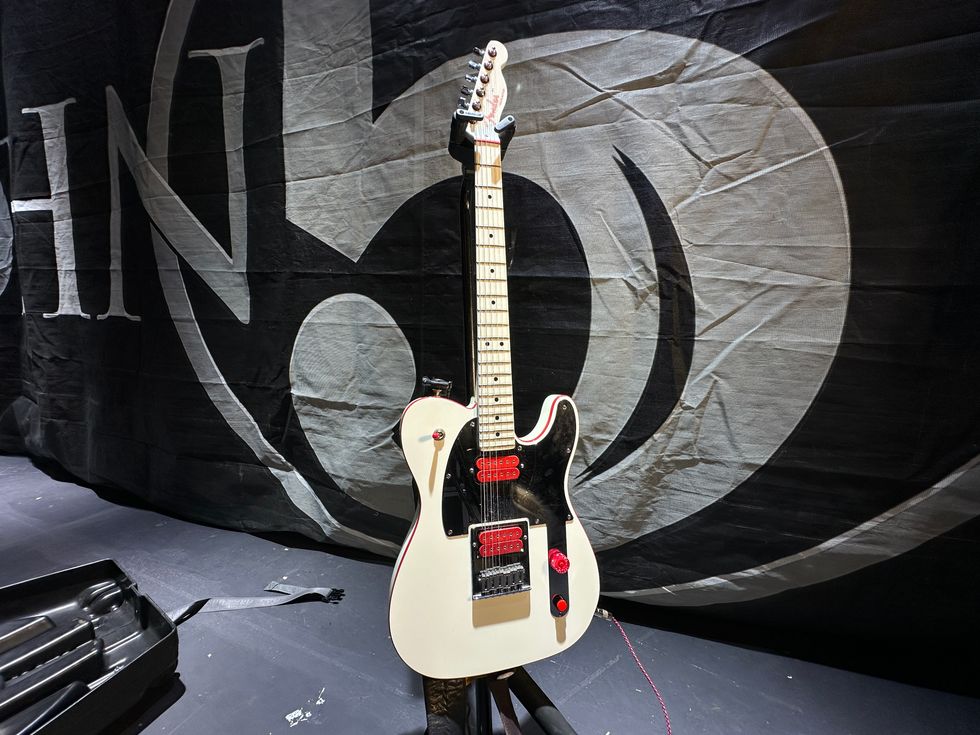
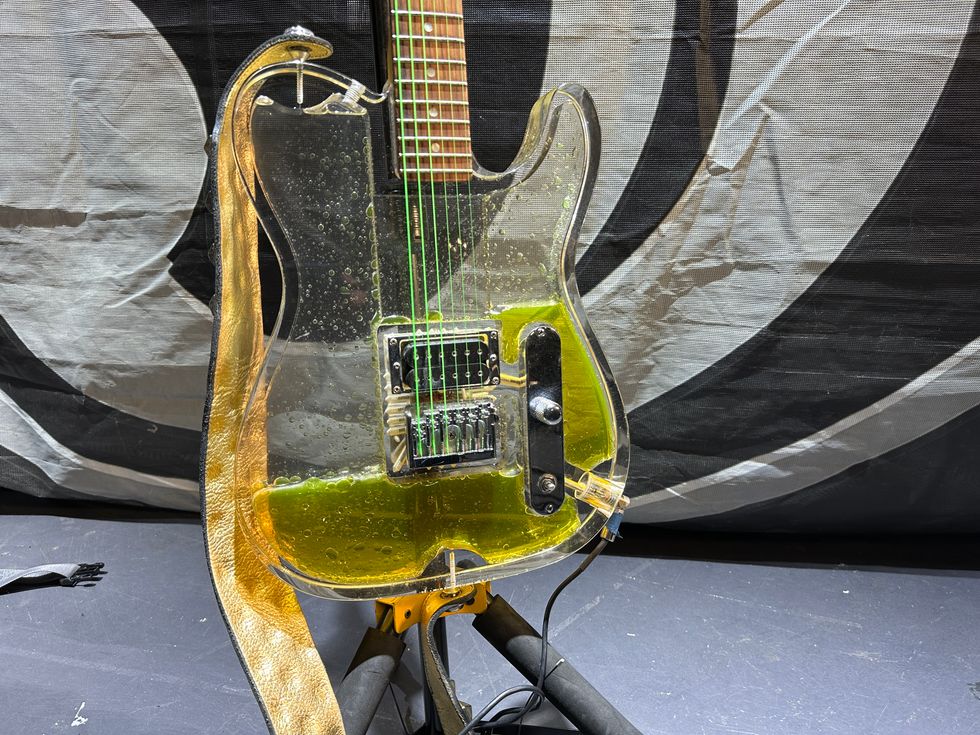
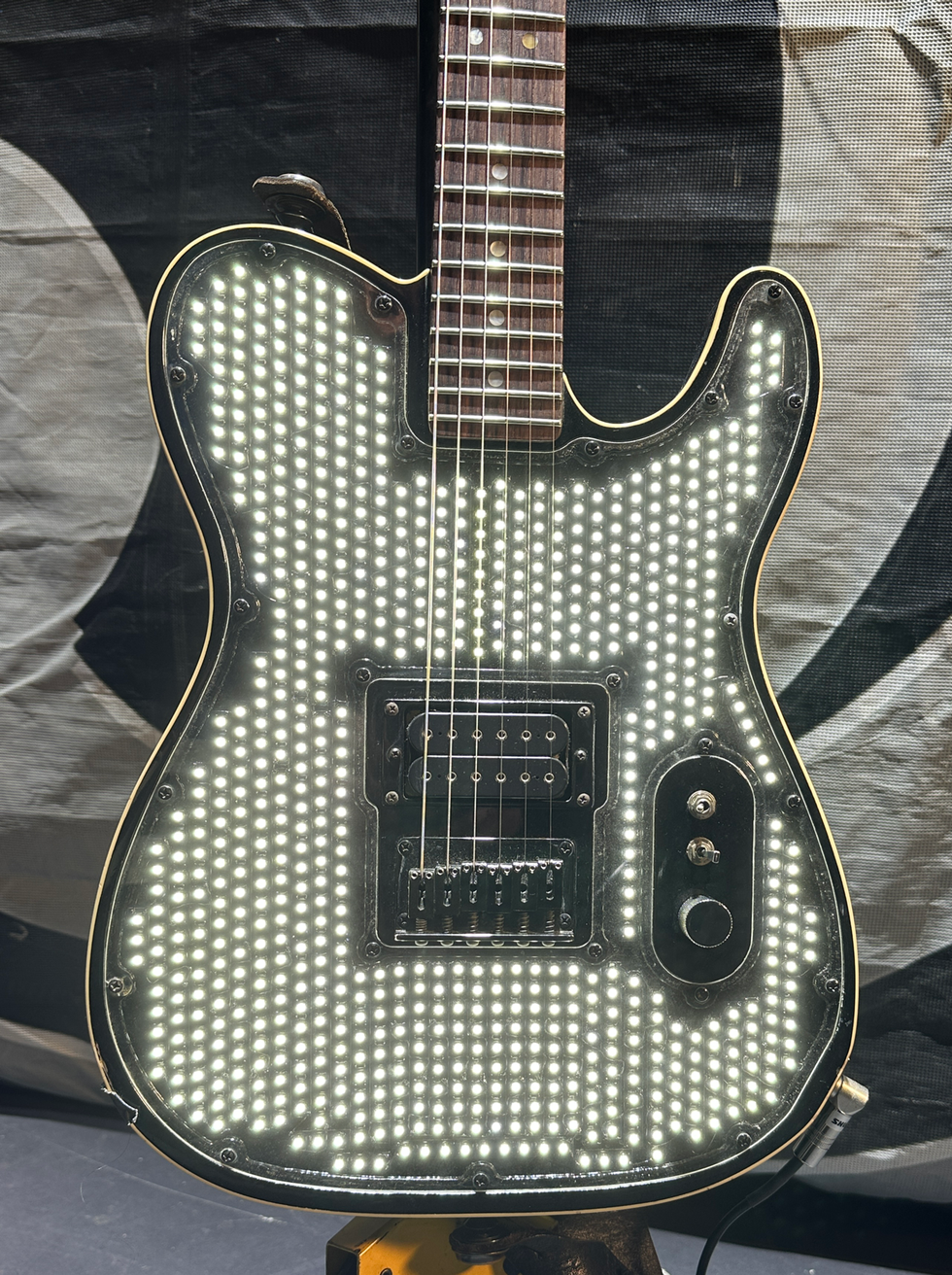
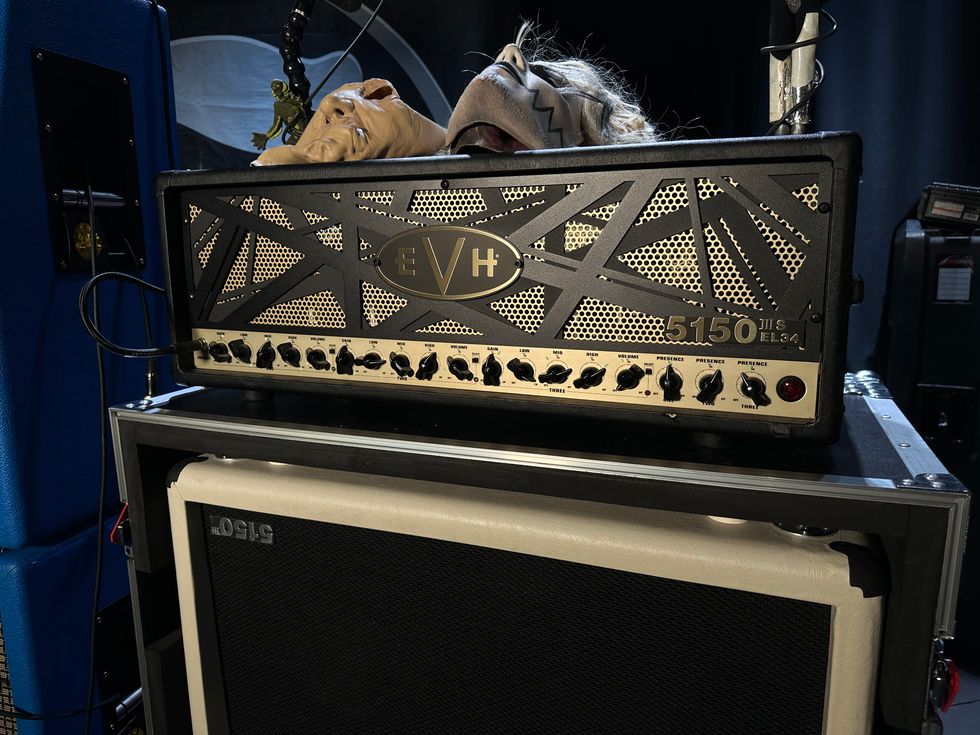
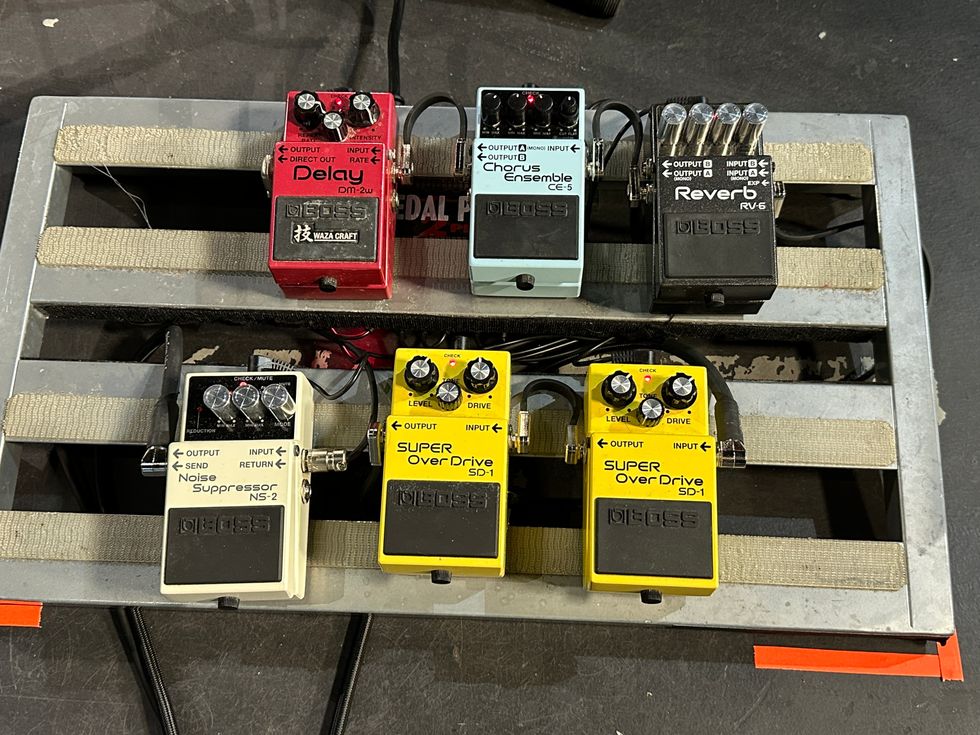








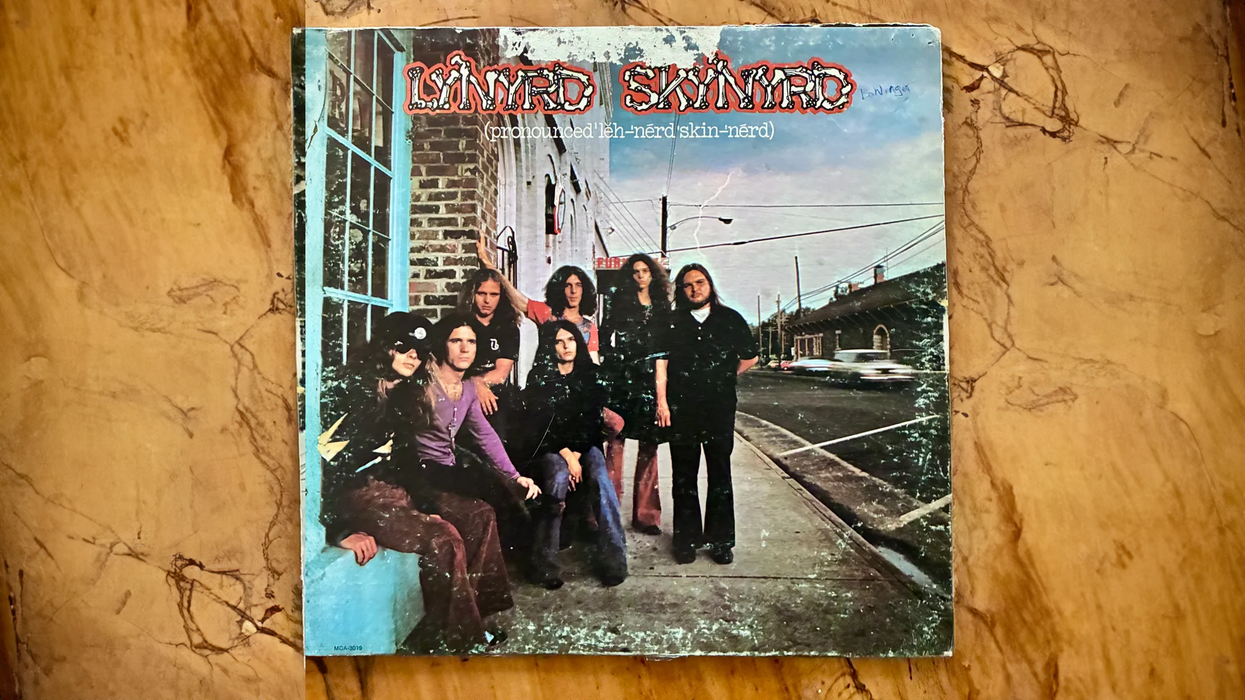


 This Episode Brought to You By: www.premierguitar.com
This Episode Brought to You By: www.premierguitar.com